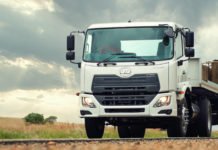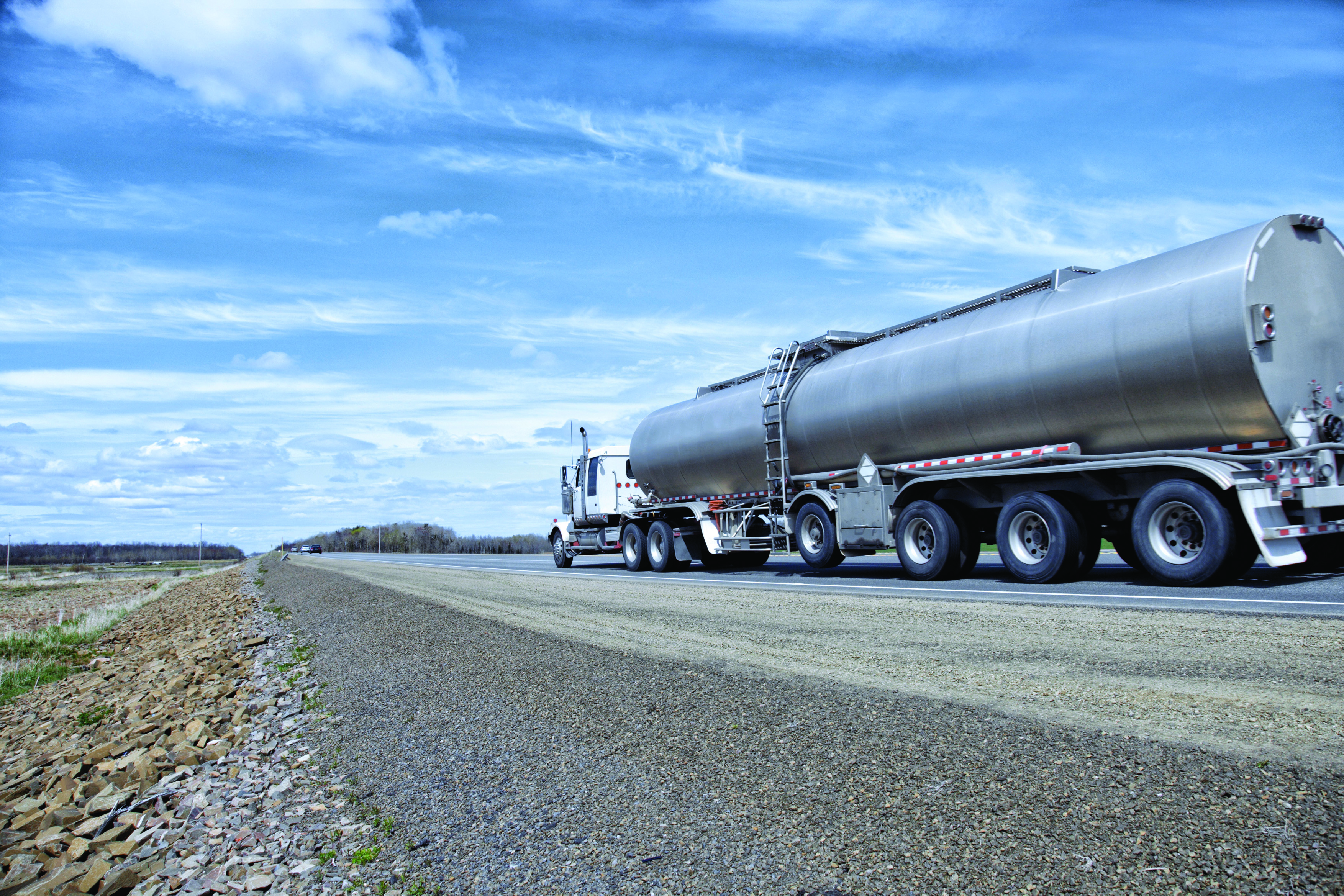The sun is still shining over the South African commercial vehicle industry, as the sector reported another growth month in October. Year-on-year statistics for October show that sales grew by 5.3% to 2 648 units.
Looking at year-to-date figures, total new commercial vehicle sales are up by 3.3% when compared to the first ten months of 2017, to a total of 22 560 units.
During October, sales in the Medium Commercial Vehicle segment increased by 11.6% over the same month in 2017, to 782 units. Sales in the Heavy Commercial Vehicle Segment grew by 0.4% to 521 units, while sales in the Extra Heavy Commercial Vehicle segment increased by 5.2% to 1 224 units. Bus sales were down by 8.3% to 121 units.
This is according to the latest results released by the National Association of Automobile Manufacturers of South Africa (Naamsa), Associated Motor Holdings (AMH) and Amalgamated Automobile Distributors (AAD).
“The industry had to contend with a lot of socio-political and macroeconomic instability, but still managed to rally and produce very positive results,” said Gert Swanepoel, managing director of UD Trucks Southern Africa. “I think this is testament to the drive and passion of the business people that form this industry, to get the job done and not to let external factors determine the trajectory of the sector.”
To put things in perspective, during the global economic crisis in 2009, the market didn’t even reach 19 000 units that year. Now in 2018, amidst an official recession in South Africa, the market is projected to reach more than 26 000 sales.
“This positive result should be very encouraging for anyone in business. It proves that if you work together as an industry to enhance the internal business environment, all stakeholders will ultimately reap the rewards,” said Swanepoel.
One of the noticeable trends in the commercial vehicle sector is the enormous demand for good quality used trucks. Currently fleets are holding on to their vehicles for more than 15 years, where it used to be at a replacement average of every ten years.
This shortage of used vehicles opened the opportunity for lesser known brands to infiltrate the market at the lower end of the price scale. However, without sufficient aftermarket back-up and support, many fleets battle to keep going as costs and waiting periods for replacement parts soar.
Many of the more established manufacturers’ vehicles manage to retain up to 60% of their value at resale, and they offer competitive trade-back deals.
“Trucks must be replaced at the optimum time otherwise you will just lose money on it,” explained Swanepoel. “Customers are currently spoiled for choice and can pick and choose between various offers that include finance and maintenance contracts. It is of vital importance to select a truck that will not just be able to do the job at hand but has proven durability and efficiency in local operating conditions to add profit to your business.”















